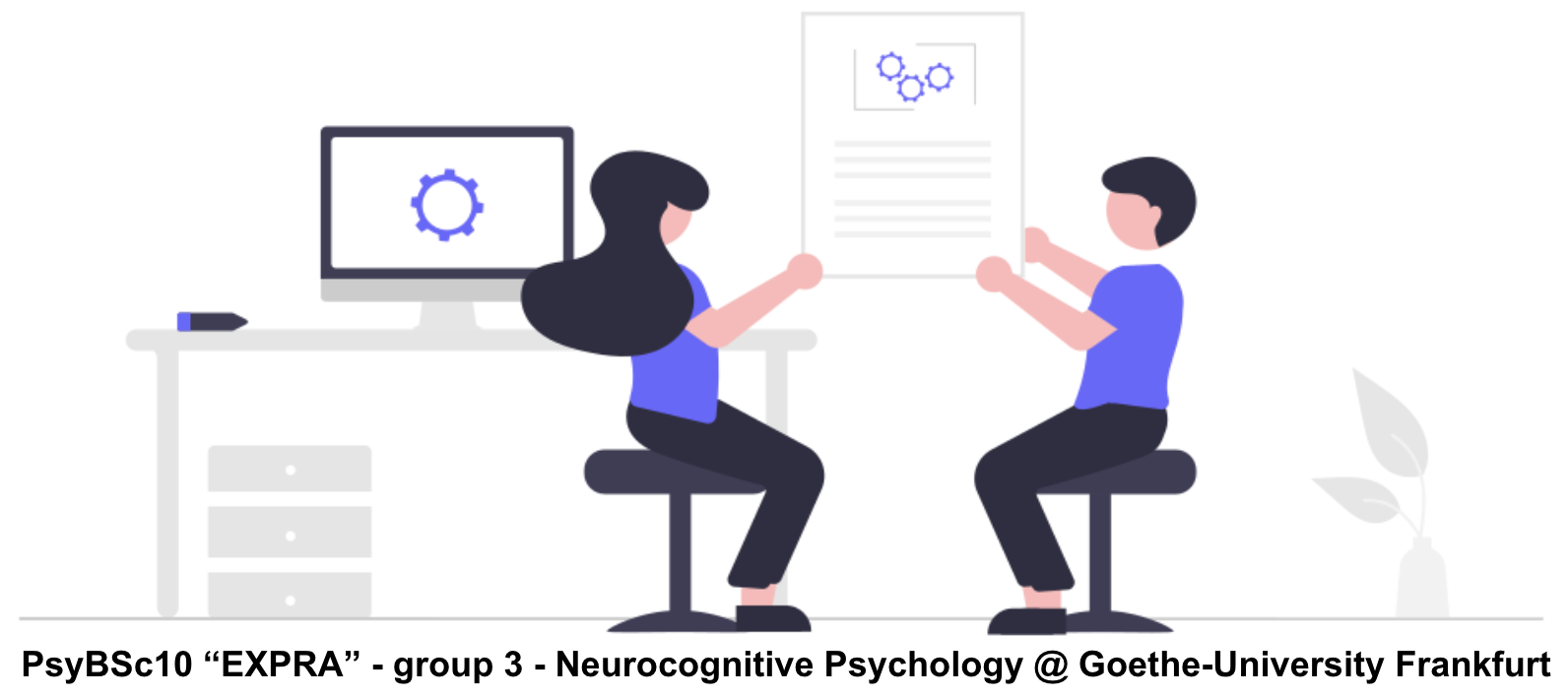Introduction VI
Contents
Introduction VI¶
Within the sixth session we’ll have two topics, including both theoretical and practical aspects. At first, we’ll go start going through the basics of one of the major parts of science & academia: scientific reading and writing, specifically finding/organizing & reading scientific publications. Next, we’ll continue to analyze the data acquired within our demo experiment. This time, we’ll try to dig deeper into the data structures and try to gather data of interest, transforming it to a more intelligible format.
Topics 💡👨🏻🏫¶
In the following you’ll find the objectives and materials for each of the topics we’ll discuss during this session.
Scientific reading & writing III - reviewing publications¶
After evaluating/discussing how we can find & organize as well as structure & write publications, we’ve reached the final chapter (got it?) of our scientific publications-related endeavors (at least in terms of the theoretical input). More precisely, we’ll be talking about the reviewing process of scientific publications and evaluate guidelines/aspects that aim to help providing clearly structured & constructive feedback. “Shouldn’t that be a given?” you might ask. Well, you’d be surprised and not in a positive way. Additionally, we will address these aspects via open science principles, specifically talking about open peer review.
Objectives📍¶
Learn about review process
Get to know important review guidelines
Ask and answer questions
Have a great time
tasks for subsequent meeting 🖥️✍🏽📖¶
demo project¶
You should continue to work on things related to your demo experiment report, including finding/organizing & reading publications, data management plan and pre-registration outside standard course hours.
This time there’s also a precise task: please try to extract the remaining behavioral data from the json file, i.e. the ratings regarding stimulus familiarity and stimulus liking. Following an approach comparable to the demographic data you should be able the obtain the familiarity and liking for each stimulus (n=20) and the respective confidence of the rating. Once you have the information, please add them to the participants.tsv as new columns to keep everything as FAIR and thus BIDS-y as possible.
reading¶
Please go briefly through the ten simple rules paper concerning reponding to reviews. You can find it in the course zotero library.
